August 1935
He completely lost track of time sitting out there in Hayward’s Grove that day. In the same way he had been unaware how he had gotten there; he was equally unaware how he got home. Eventually, he had gone back to the house that he and Margaret had recently rented. You couldn’t really call it a home. They had not had time to establish it as such. The next day, Charlie did what people with troubled lives do, he got through the day. Charlie managed his basic physical needs, he met his financial responsibilities, he took breaths in and let breaths out. He got through that day and then did the same on the following days.
Just as he had so zealously invited everyone he met to the wedding; he started quizzing everyone about Margaret. Had she said anything to them about why she might leave? What cues had she left about where she went? The answers he got were as unsatisfactory as the one he got from Postmaster Schroeder. Most people said they did not know anything, and others refused to betray her confidence.
Charlie Begins to See Things Differently
Slowly, though enough hints had been dropped that Charlie was forced to see some things that his anger and disappointment had hidden from him. Perhaps, the glorious wedding event he had planned for them, was not quite so glorious for her. Possibly, he had overwhelmed her or worse scared her. He felt a little foolish now that he had not seen that as a possibility before. Margaret had ridden a thousand miles on a hot bus to start a new life in foreign place with a strange man. She and eleven-year-old Jarvis had barely gotten into his car, when she had been swept up in his unusual schemes and expectations. He had not even given her time to breath in the clean Iowa air before he started sucking most of it out the automobile with his exuberance.
They had not spent any time together before she was expected to stand in front of 200 strangers and pledge her fidelity to him. She had not been given an opportunity to plan any of the details of her own wedding. There had been no question what traditions she wanted to honor. He had done it all. What he had initially seen as taking care of business now looked more like taking control and although he did not understand women well, he understood this might not be desirable.
On the day of the wedding, she only had two people present who knew her while Charlie had two hundred. If he had gone about the whole thing in a more reasonable fashion, she might have seen the guests as potential friends instead of spectators who had purchased a ticket to watch her perform like a circus act, but he hadn’t. The newspaper said that after the minister pronounced them man and wife, he had insisted on kissing her and she had resisted this. It appeared everyone had seen that. Everyone except Charlie.
From the moment she met him on that Tuesday and on through Friday night, it had been a constant whirlwind of activities and people, Charlie’s people. When all that was over, she found herself alone in an unfamiliar place with him. Nothing was the same for her. She had never been outside of New York before, and she certainly had never seen so much corn and flat land. White Falls was a small city in New York with access to public transportation and shopping so unlike this one-mile-square town with limited business options and no freedom to travel outside its boundaries.
Charlie had never been much for sentimentality but in retrospect, he could see how things might have been for her and regretted his lack of insight. He thought he might be able to do better if he was given another chance. And then, one week later, he got his chance. As mysteriously as she had disappeared, Margaret and the boys returned. No explanation was offered regarding where she had gone or what she had been doing. She let him know that his fight with Bill was completely unnecessary and unfounded. Charlie was a fool for making such a big deal out of her leaving and once again getting their names in the papers. This did not seem to be something they could avoid. After her return, her name appeared in the paper again as a one sentence update: Charlie’s depression bride had returned.
Margaret’s Return
By the time she returned, it was late August and two months had passed since their wedding. She enrolled Jarvis in the fifth grade in Dysart where he joined his new classmates, Dean Klinzing and Bob Knupp as well as others. The weather that Fall was warm and sunny. Margaret watched as the crops were harvested and brought into town to the grain elevator. Jarvis participated in school activities. All around them everyone was busy getting ready for the winter ahead. They managed to stay out of the spotlight. James finished the canning season in Vinton. The nation was still in the grips of the Great Depression so he and Charlie both tried to find what work they could. They celebrated their first Thanksgiving and Christmas together.
Starting in January, the weather across Iowa became quite brutal. After several smaller blizzards, Tama County was hit by a major storm in mid-February that completely overwhelmed the available equipment and manpower for snow removal. Most of the small towns and farmers were cut off from the outside world as many roads throughout the county were declared “closed until Spring”. Trains were unable to pass through the twenty feet high snowbanks and so supplies coming into town were cut-off for days. Daily temperature averaged nine degrees adding to the feeling of confinement everyone experienced. The winter of 1936 was one of the worst ever experienced by the state of Iowa. The new family were basically trapped in their rented home seeking whatever warmth and comfort they could. They forged a bond and weathered the winter together. Storms continued until very early in March when hope started to return to the landscape. The snow melted, roads opened, and little signs of Spring started to return to the area.
It All Falls Apart Again
Everything seemed to be moving along well for them until April 5, 1936, when Charlie somehow discovered something about his wife, that he could not reconcile. For the second time, she was about to make him the object of ridicule and gossip and that damnable pity he had sensed before. After six months of relative peace and harmony everything was about to come crashing down around them again and he would not have it. The realization that she and her two sons had conspired to deceive him day after day in his own house enraged him. He ordered her to pack her bags and take her sons and go. He assured her that this time, he would not look for her. There would be no fights with people in town over her honor. They were through.
He drove the nine miles to the Traer office of Bordewick and Powell, Attorneys at Law, where he engaged their services to file for an annulment as quickly as possible. Not only did he want the marriage annulled, he wanted whatever protection the state could give him over his money and properties. She was to get nothing further from him. His decision was final, he told the lawyers because Margaret was never really his wife. Margaret already had a husband and the boys already had a father back in White Falls, New York.
It did not take the lawyers long to help Charlie fill in the gaps. Margaret had been married to a man named, Chauncey, a junk dealer, since she was nineteen. They were the parents of two boys, Jarvis and Chauncey D.R. who had gone by the name James while in Iowa. They had all lived together up until the time that Margaret left for Iowa and her marriage to Charles. In fact, Chauncey was still living at the address in Little Falls that Margaret had used in her letters to Charlie.
The state’s newspapers snatched up this new twist to Charlie’s story and for a brief period between September and November of 1936, Iowans were once again privy to the details of Charlie’s life and annulment proceedings. Facts, however, don’t provide insight into people’s motives. The reasons she had chosen to commit bigamy were never made clear. By the time the annulment was decreed in November of 1936, he no longer cared. It was over. Charlie sold the household possessions and moved out of town, never to live in Dysart again. The papers and Charlie presumed that Margaret had returned to White Falls.
Writer’s Notes
When I first set out to the tell the story of Charlie and Margaret, I confess, my sympathies were primarily with Charlie. Initially, I did not use his last name in an effort to protect his surviving family. I used hers because, I reasoned, she had committed a crime. She knew what she was doing. It did not seem necessary to try and protect her identity. But, to write a good non-fiction story, you need to immerse yourself in the people you are writing about. Using whatever resources are at your disposal you try to get the broadest picture you can of their life. This helps you represent the individuals better to a reader. For the writer, the “characters” become much more personal. Getting to know Charlie, Margaret and to some extent her children had an impact on me and I became more sympathetic to both of them. I saw Margaret in a much different light and have since removed her last name from the story.
Charlie seems to be one of those guys who despite his best efforts, never really seemed to get anywhere. He worked for a lot of different people and moved around a lot even within Tama County. Granted, the depression was going, and everyone was forced to do what they had to do to survive but there is a pattern to his movements and decisions that left me wondering about his ability to stick with things. He was also someone who did not mind drawing attention to himself as seen by this advertisement he put in the Dysart Reporter the year before his marriage to Margaret.

Over time, I came to feel that his scheme to get money from the wedding was consistent with who he was as a person and less of a quirky move by a guy who just got excited.
There is no way to find out how Charlie learned of her bigamy. Did Jarvis slip and say something? Did they have an argument and Margaret blurted it out? Did something arrive in their mail from Chauncey? It’s interesting to speculate.
There is hardly any information available about Margaret or her husband, Chauncey so any conclusions about her are purely speculation. I found myself wondering why had she started answering matrimonial ads? Why would she agree to come to a place she had never been before and marry a stranger? Why would “James” and Jarvis help her in this ruse? Charlie was not a successful farmer with a great fortune for her to secure. Even if he represented himself as such in his letters, once she got to Iowa the truth was self-evident. The fact that she enrolled Jarvis in school and stayed through that horrible winter caused me to believe that she meant to stay and see it through. That she was building a new life and identity for herself. It also made me wonder what was going on in New York that she was willing to do all that? There is no way to know but I like to think she was a mom living through a rough time in this country’s history and she was looking for a better life for her boys.
Epilogue
Charlie
Charlie moved to Keystone, Iowa, sometime after Margaret left in April of 1936. He continued his pattern of advertising himself out for work and appears to have maintained a close relationship with his son, Leonard. In 1940, while riding in a car with Leonard, Leonard’s wife and young child they were rear-ended by a young couple and their infant from Waterloo. The accident happened four mile west of Cedar Rapids on Highway 30. Charlie spent some time in St. Luke’s hospital with stomach and chest wounds. He was fifty years old. In October of that year this clipping appeared in the Des Moines Register.

Whether he ever made it to Oklahoma is unknown. By 1942, Charlie was living in the Baltimore, Maryland, area. He was remarried to a woman who was 20 years his junior. Interestingly her name was also Wilhelmine. He was engaged in farming with her family until his death in 1958 and ran several ads in the Baltimore Sun selling farm related items over the years. It appears he finally found a woman who loved him and a measure of success. The obituary his family posted in the newspaper partially reads:
On September 17, 1958, Charles E., beloved husband of Wilhelmine (died)
Margaret
Census records tell us that Chauncey was eight years older than she Margaret and that she only had a fifth grade education which would not provide her with a lot of options. It is clear from those same records that she returned to live with Chauncey after she left Iowa and as far as I can tell, that is where she stayed until his death in 1948. Where she went from there, is not clear. It appears that she stayed close to her sons. She died in 1968 and is buried in the same cemetery as her sons in Norwich, New York. Chauncey Sr. is buried in Little Falls.



















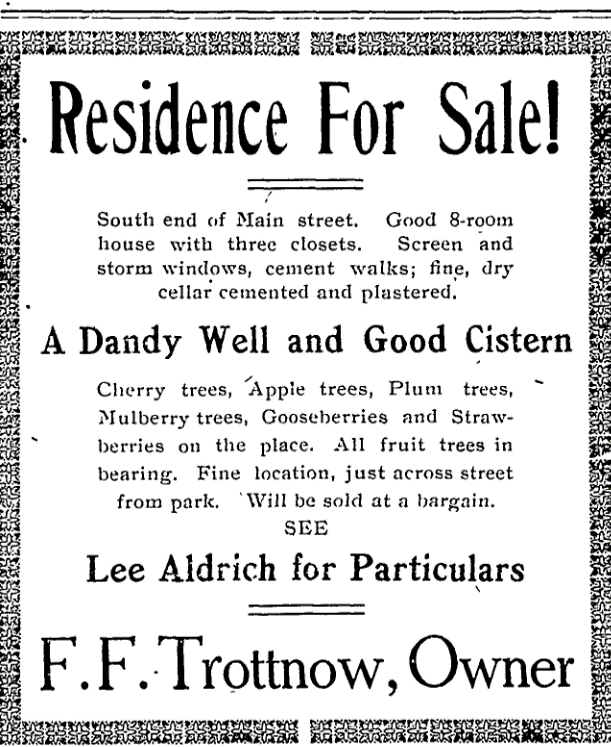

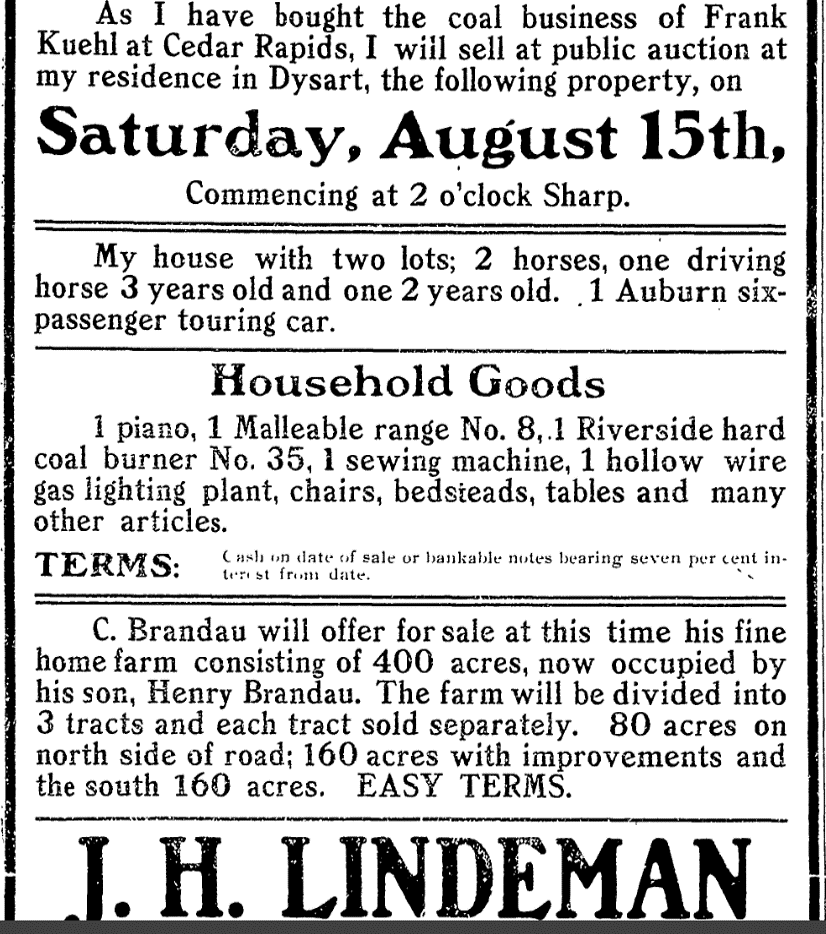











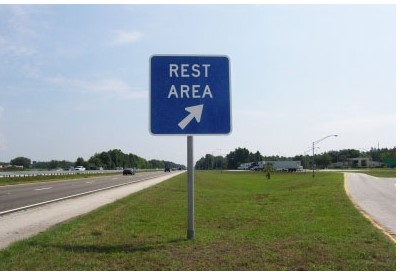 We drove to Iowa from our home in Michigan and speculated that we have made this trip at least 100 times over the years of our marriage. This time, there were five of us in our party; my husband and I, our son and his two boys aged 7 and 2. The trip crosses Illinois and Iowa on I-80 which has several very nice rest areas ideal for travelers wanting to avoid fast food restaurant stops and needing room for kids to move about a bit. Many offers small play areas as well as picnic tables as well as clean restrooms and vending machines.
We drove to Iowa from our home in Michigan and speculated that we have made this trip at least 100 times over the years of our marriage. This time, there were five of us in our party; my husband and I, our son and his two boys aged 7 and 2. The trip crosses Illinois and Iowa on I-80 which has several very nice rest areas ideal for travelers wanting to avoid fast food restaurant stops and needing room for kids to move about a bit. Many offers small play areas as well as picnic tables as well as clean restrooms and vending machines. For our first night’s stay who chose
For our first night’s stay who chose 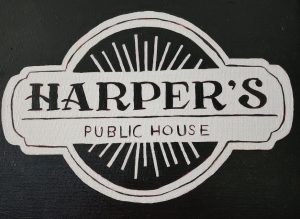








 Normally, we would have had an outdoor lunch at
Normally, we would have had an outdoor lunch at 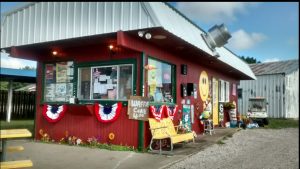



 Local Museums and Historical Societies including the
Local Museums and Historical Societies including the  Hansen’s Dairy Farm Tour
Hansen’s Dairy Farm Tour Lost Island Waterpark
Lost Island Waterpark Matchstick Marvels
Matchstick Marvels Taylor’s Maid-Rite
Taylor’s Maid-Rite Hurts Donut
Hurts Donut Cedar Falls Brown Bottle
Cedar Falls Brown Bottle